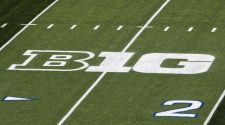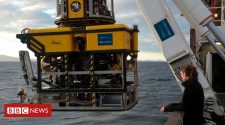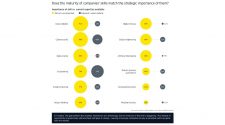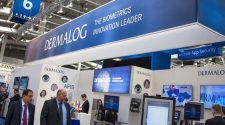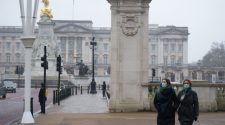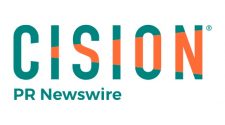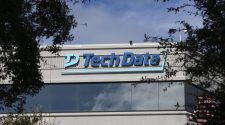USC has joined a coalition of leading research universities that aims to boost the transfer of researchers’ patented technologies and inventions to companies.
All told, 15 universities are members of the limited liability corporation University Technology Licensing Program (UTLP): USC, Brown, Caltech, Columbia, Cornell, Harvard, Illinois, Michigan, Northwestern, Penn, Princeton, SUNY Binghamton, UC Berkeley, UCLA and Yale.
UTLP will provide a new marketplace that bundles licensable technologies from multiple institutions so that it is easier for companies to acquire them to expand their portfolio of products.
“A technology transfer that connects USC and other leading research universities to industry is critical to solving some of societies biggest challenges, growing the economy and adding jobs, and securing U.S. technological advantage in competitive global markets,” said Jennifer Dyer, executive director for the USC Stevens Center for Innovation.
The Stevens Center manages intellectual property matters, including patent applications and licenses, for scientists and engineers across USC. Previous university developments in the area of the physical sciences have already generated important patented inventions that have improved lives and enabled new products. UTLP paves the way for continued innovation in the industrial arena.
Dyer said the UTLP and the universities were pleased to have received a favorable business review letter from the U.S. Department of Justice for their new endeavor.
“UTLP is a creative solution to meet a long-felt need for universities and private sector actors,” said David Kappos, a former undersecretary of commerce for intellectual property and director of the Patent and Trademark Office. “It will make the licensing of technologies much easier and more convenient, to the benefit of all participants.”
Multiple technology areas are included in the coalition, including connectivity, signal processing, location tracking, cameras and imaging, as well as self-driving vehicles. USC is focused on autonomous vehicles and big data applications for now.
In the future, the coalition may develop additional patent pools related to electronic fabrication, applied electronics, batteries, photovoltaics, robotics and other areas of interest to industry.
USC-developed technologies to be included in new licensing program
Technologies that USC brings to the licensing program include:
- A 3D camera that takes selfies to a whole new level. Researchers Gerard Guy Medioni and Jongmoo Choi of the USC Viterbi School of Engineering developed an imaging technique to capture someone’s silhouette and turn it into a 3D body model. It’s designed to be a low-cost camera system for the public, and it can image various poses and repositions to show the whole person.
- A method to track moving objects as they flit in and out of view while driving, a safety feature for autonomous vehicles. Medioni and USC Viterbi researchers Qian Yu and Isaac Cohen developed an algorithm to track trajectories of multiple moving targets at once using digital video.
- A suite of technologies to better predict traffic and help expedite trips by identifying better routes. They rely on algorithms that more accurately reflect real-world driving conditions in real time. For instance, some technologies improve travel time to destination by processing traffic and road conditions faster, quickly answering queries like “where’s the nearest gas station” and rapidly synthesizing more data from road sensors and cameras to plot the route of least delay. The technologies come from USC Viterbi researchers Cyrus Shahabi, Ugur Demiryurek, Farnoush Banaei-Kashani and Bei Pan.
- New technology to improve cross-cultural communications. One item is a speech translation tool that enables words spoken in one language to be translated simultaneously into multiple languages during a dialogue; another accounts for social graces by calibrating terms of politeness and respect into socially and culturally appropriate contexts to reduce the risk of misunderstanding or offensive terms. Those tools come from Shrikanth Narayanan at USC Viterbi.
The program reflects USC’s efforts to foster innovation for the economy and public good via academic and industry collaborations.
An example of industry engagement shaped by USC research includes innovative visual technology by Professor Paul Debevec and his team at the USC Institute for Creative Technologies. He pioneered the light stage capture systems for digitizing photorealistic 3D models of people’s faces, which have been used to create digital actors for Academy Award-winning visual effects movies such as Spider-Man 2, The Curious Case of Benjamin Button, Avatar and Blade Runner: 2049, garnering him and his teams two Academy Scientific and Technical Awards in the process.
Additional information can be found on the UTLP website.




